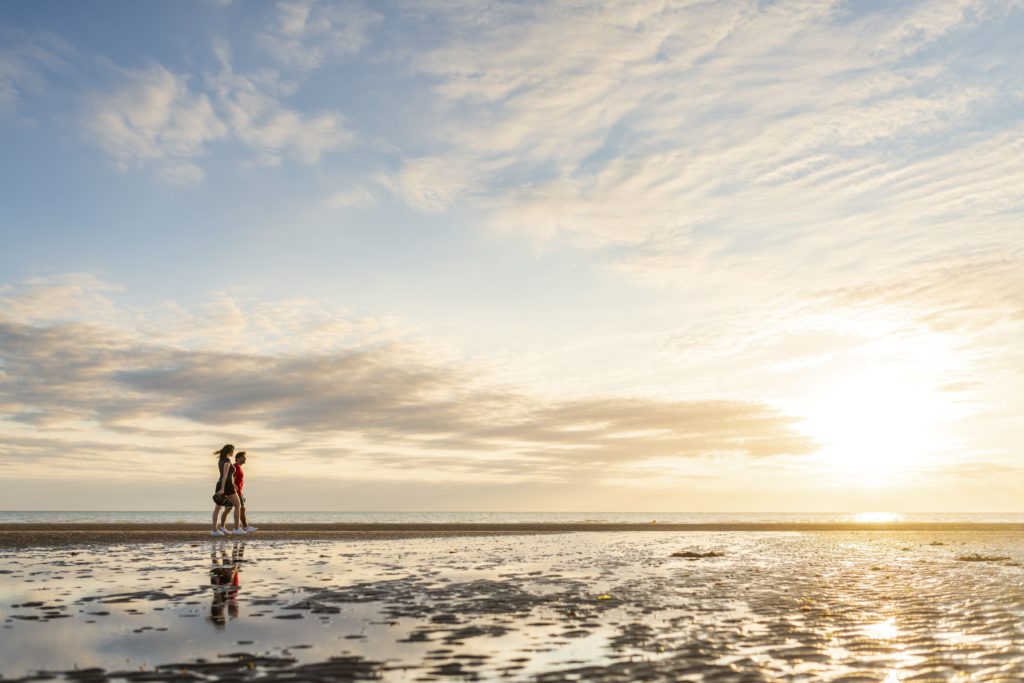São Paulo – The pandemic pushed back trips, led fairs and congresses to be cancelled, brought business meetings to living rooms, and it emptied the skies. And although there is a consensus that people will eventually go back to leisure travel with a vengeance, the scenario regarding congresses, fairs and airlines is a challenging one. The United Nations World Tourism Organization (UNTWO) estimates that 2020 global tourism revenue will match 1990s levels, with a 70% to 75% drop in international arrivals and USD 1.1 trillion in losses.

The director of Reinisch Projects, boasting vast experience in organizing fairs and events, Lawrence Reinisch believes some kinds of non-leisure tourism probably won’t be back to what it was any time soon. On the other hand, he believes that human interaction cannot be replaced “by a screen.” “Educational and congress tourism will struggle because it is replaceable by digital media, but you cannot do networking through videoconferencing. Meeting someone and building ties of confidentiality with them on a screen is really difficult,” he says.
Reinisch believes that as people get vaccinated and the pandemic is somewhat controlled, leisure tourism will return. Even so, the economic crisis, plummeting incomes and soaring unemployment will pose a challenge to that rebound. “People see traveling as an extension of their lives. The industry has been democratized. Lots of people joined the middle class, and travel became a big part of people’s culture,” says Reinisch, who expects domestic tourism to pick up starting in 2021.
A professor at Senac Aclimação holding a baccalaureate degree in Tourism, a master’s in Social Change and Political Participation, and a doctorate degree in Social Psychology, Fábio Ortolano also argues that the kind of tourism known as MICE (Meetings, incentives, conferencing and exhibitions) may take a while, but not too long to resume. “Some rituals, such as cocktail parties and related services are not mere formalities: they add value by enabling experiences,” says Ortolano.

Reinisch notes that each destination has its own features. São Paulo, for instance, got used to seeing hotels sold-out during the week and way less crowded on weekends, because it is an attractive destination for corporate, conference-and-fair tourism. In turn, Rio de Janeiro used to get jam-packed hotels on weekends, and it would also see its share of business toruism. Costa do Sauípe, in Bahia, would host corporate conferences from March to June, and vacationers from December to February.
“Corporate travel will scale back, after all you can have meetings through videoconferencing. But we can tell that recovery is uneven across different destinations, and operators are readapting their sales and packages, including their long-stay offers” – where the longer the stay, the lower the rates.
Dubai and airplanes
Back in the 1980s, Dubai – one of the seven emirates that comprise the United Arab Emirates – envisioned an opportunity for economic development. Sitting smack dab between major sources of passengers and goods in East and West alike, Dubai marketed itself as a hub for airplanes, travelers, services and products.

It put in place an infrastructure including ports and airports. It established an airline and made investments in hotels. Other cities and countries, nearby and in Asia, followed suit: Qatar, Singapore, and even the adjoining emirate of Abu Dhabi.
An aerospace industry specialist and a professor at the Campinas State University (Unicamp), Marcos José Barbieri Ferreira argues that in spite of the challenges ahead, Dubai has diversified its tourism and infrastructure to a point where it derives revenue from multiple sources.
He believes that a big challenge awaits a key industry when it comes to tourism: airlines and the aerospace industry in Europe, the United States and Brazil.
“The pandemic took a serious toll on airlines. Some were nationalized, others had their debt renegotiated. The State came to the rescue of corporations in some way in each country. Going forward, we should see smaller carriers with not as many routes and aircraft, and healthier businesses will tend to get stronger,” says Barbieri.
“From all indications, however different the lifestyles, they seem to share one commonality: emphasizing connections, the environment, and what matter the most, which is our emotions. Moreover, each company will take on the challenge of choosing their positioning, while considering price sensitivities, consumer profiles and other factors we are aware of,” notes Ortolano.

Barbieri expects demand to be stronger for smaller, more efficient aircraft in years to come, because these are lower maintenance. At the same time, used aircraft availability may go up as carriers become smaller in size. As a result, manufacturers will have to come up with more efficient aircraft, as had been the case even prior to the pandemic, and they might need to branch out with their business models into space travel and IT, which had also been the case in pre-pandemic days.
“The pandemic hasn’t brought anything new. Airlines had already been chasing lower costs. Busines travel might have relied more on technology and less on corporate travel anyway. But what would otherwise happen in two decades’ time happened in a year. It was a revolution,” says Barbieri.
*Special report from Marcos Carrieri for ANBA
Translated by Gabriel Pomerancblum








